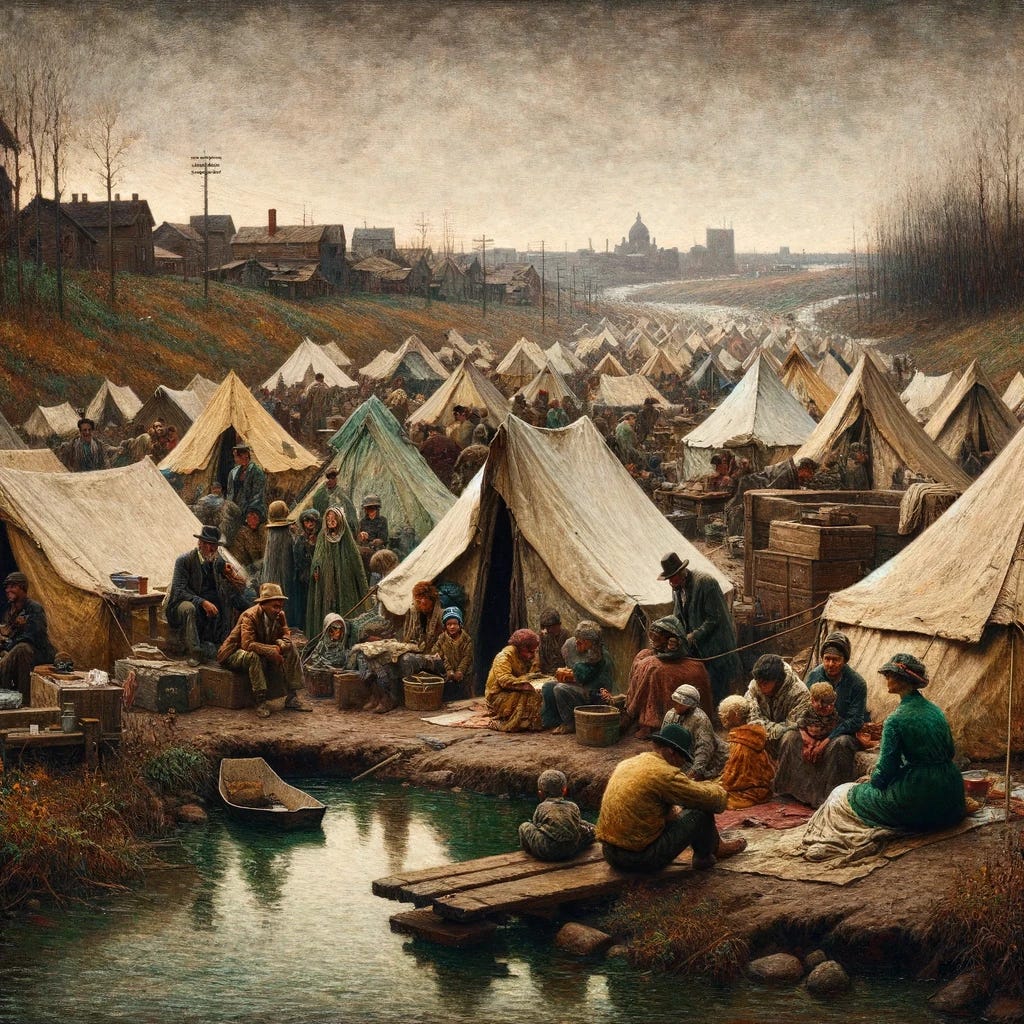An Inside Look into Homelessness in Our Hometowns
A narrative shared with me gives new insights on a pressing issue.
Keep reading with a 7-day free trial
Subscribe to Civic Capacity to keep reading this post and get 7 days of free access to the full post archives.



